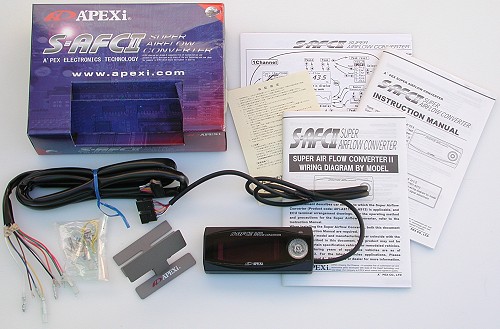
|
|||||||||
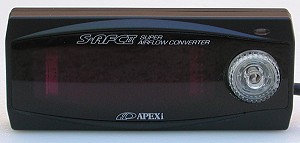 These instructions will help you install the A'PEXi S-AFCII Super Airflow Converter in the Mitsubishi 3000GT VR4 and Dodge Stealth R/T Twin Turbo. The control unit pictured to the right is the "black on black" model. Other color combinations are available: silver case with blue display, silver case with black display. These web-page instructions are specifically for the 1992 3000GT/Stealth DOHC Turbo. However, they can be used for all other DOHC model years by selecting the correct engine control unit (ECU) wires for the target 3S model. In addition, my 1992 Dodge Stealth TT already had an ARC2-GP hot-wire mass airflow sensor (MAS) conversion installed (as well as other electronics that tapped into the ECU harness). The S-AFCII was installed inline "after" the ARC2-GP. For instructions about how to adjust the S-AFCII see my web page 2-safcii-adjust.htm.
These instructions will help you install the A'PEXi S-AFCII Super Airflow Converter in the Mitsubishi 3000GT VR4 and Dodge Stealth R/T Twin Turbo. The control unit pictured to the right is the "black on black" model. Other color combinations are available: silver case with blue display, silver case with black display. These web-page instructions are specifically for the 1992 3000GT/Stealth DOHC Turbo. However, they can be used for all other DOHC model years by selecting the correct engine control unit (ECU) wires for the target 3S model. In addition, my 1992 Dodge Stealth TT already had an ARC2-GP hot-wire mass airflow sensor (MAS) conversion installed (as well as other electronics that tapped into the ECU harness). The S-AFCII was installed inline "after" the ARC2-GP. For instructions about how to adjust the S-AFCII see my web page 2-safcii-adjust.htm.

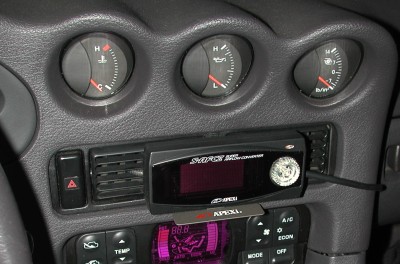
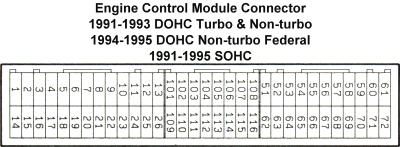
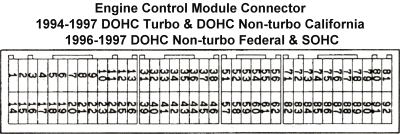

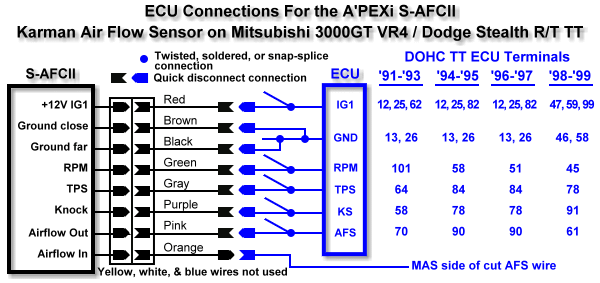
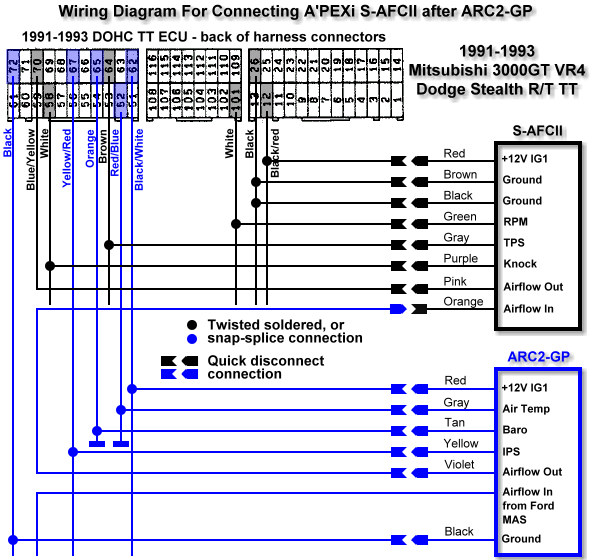
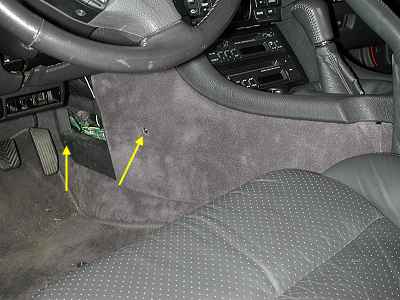
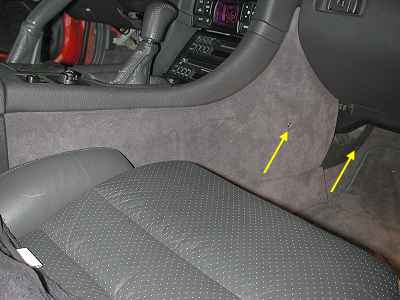
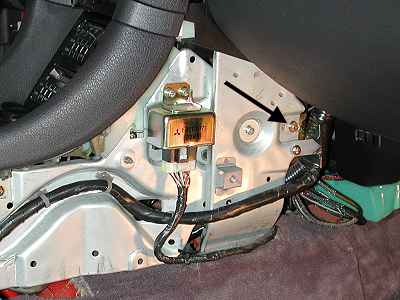
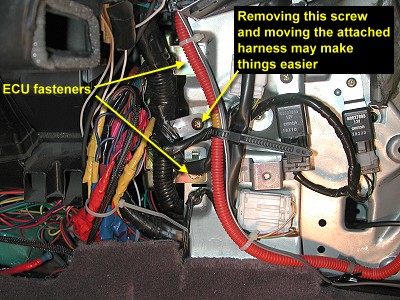
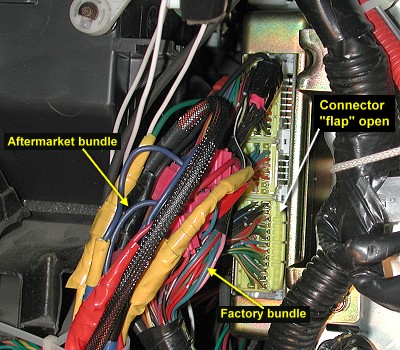
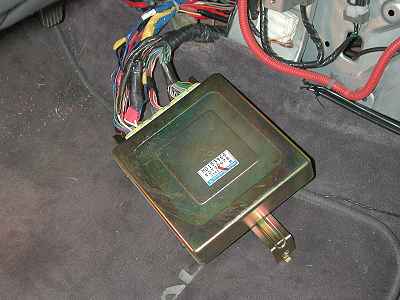
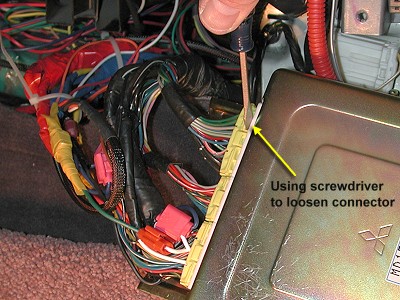
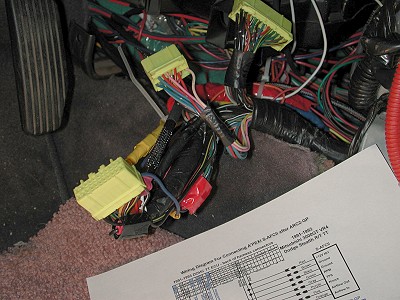
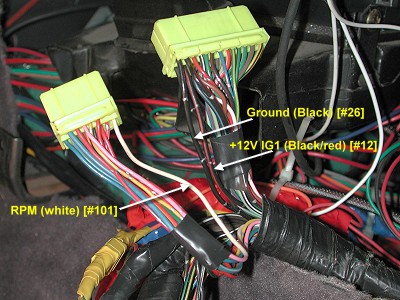
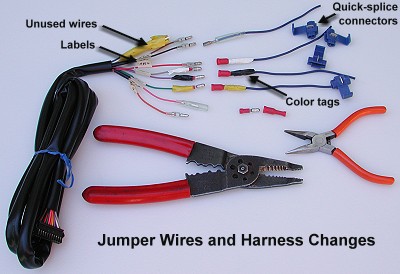
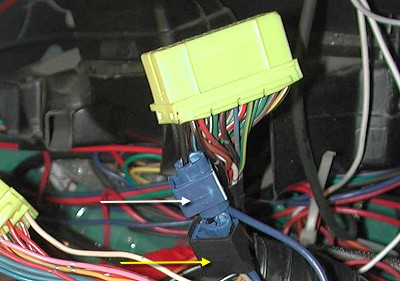
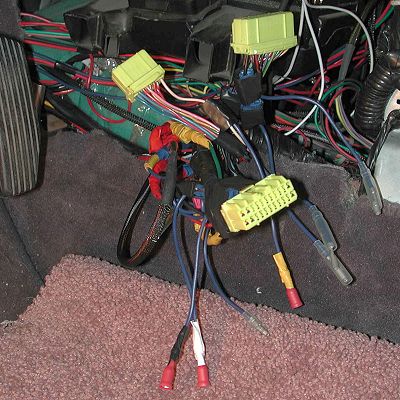
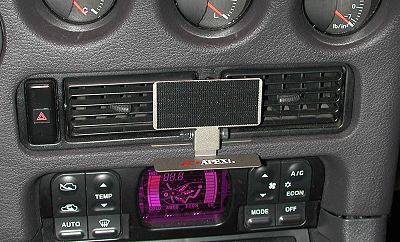
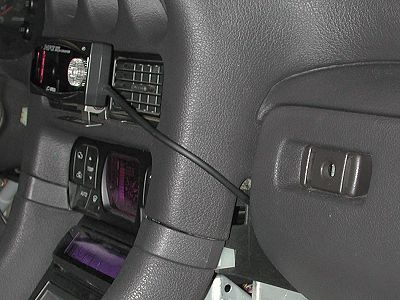
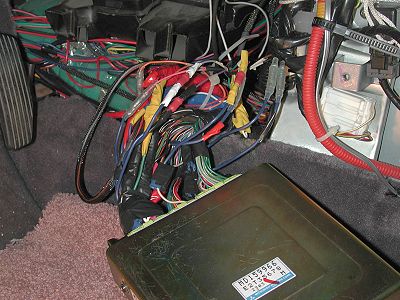
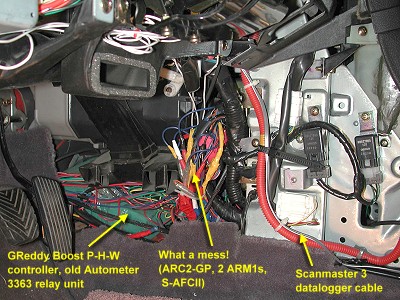
| Back | Home | Forward |